In a previous article, I introduced a brief wine glossary. Now, let’s delve into Alsace and its exceptional wines!
Index:
Alsace: Some Characteristics
Alsace wine reflects the duality of a border region.
The Rhine River and the Vosges Mountains, running parallel 25 kilometers to the west of the river, form the boundary between France and Germany.
For centuries, the Rhine served as a political border, while the mountains act as a climatic and linguistic divide.
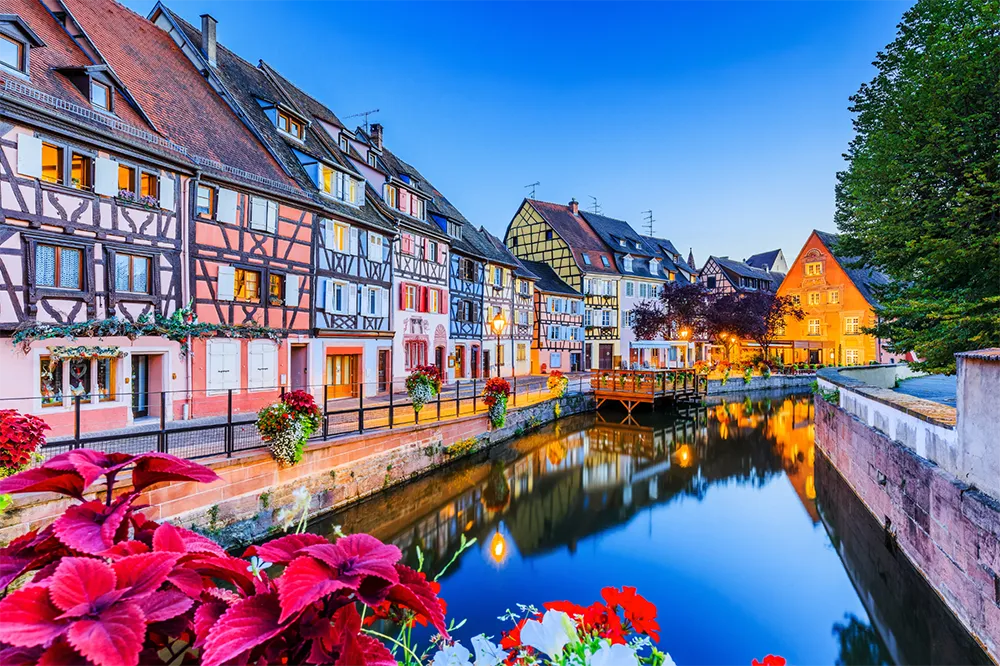
Alsace produces German wine with a French twist.
The climate, soil, and grape selection resemble those of German wine regions. Alsace winemakers strive to create dry, intense, and robust wines. They ferment every gram of sugar and often add more sugar to increase alcohol content.
Unlike Alsace wines, German wines are extremely light, barely hinting at their natural essence.
Alsace: A Bit of History
The modern wine industry owes its development to farmers who evolved into merchants, branding their wines and those of their neighbors, distinguishing them only by grape variety.
Many of these farmers worked the land they owned as far back as the 17th century.
Alsace boasts France’s first cooperative winery, established in 1895. Additionally, there are cooperatives such as Euisheim, Kietzheim, Beblenheim, and Westhalten.
Renowned names in Alsace include Hugel, Dopff, Trimbach, Humbrecht, Becker, Kuehn, and Muré.
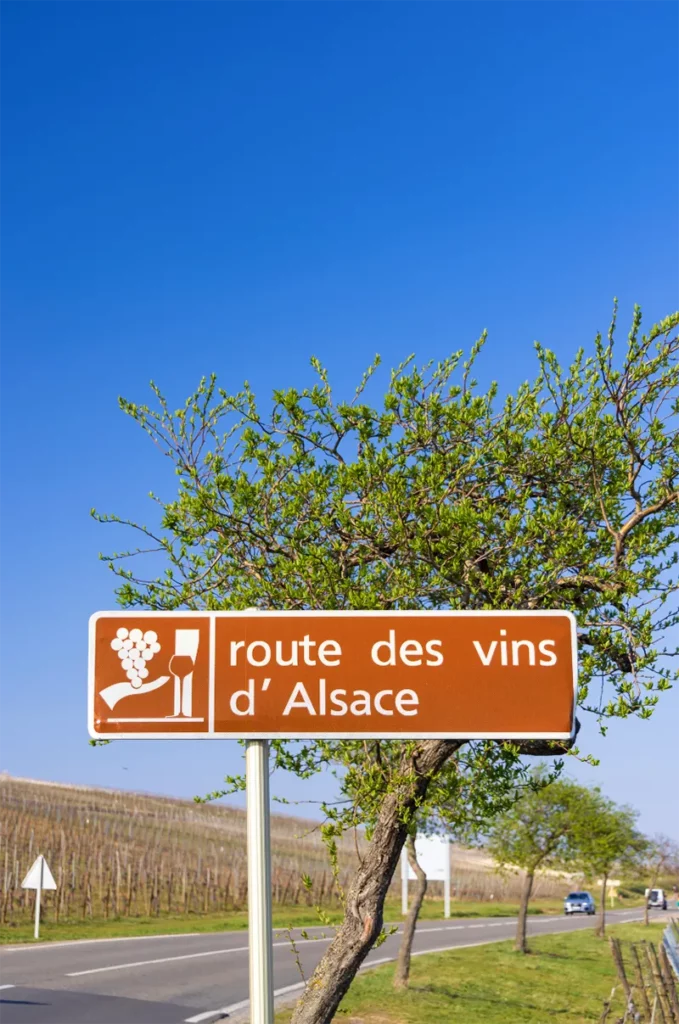
Alsace: Cultivated Grape Varieties
The grapes that lend their name and unique qualities to Alsace wines include:
- Auxerrois: yielding soft wines
- Gewürztraminer: the perfect symbol of the region, offering dry wines with fruity aromas, pairing well with Alsace cuisine
- Muscat: a blend of Muscat Ottonel and Muscat Blanc, producing a dry and frank wine, ideal as an aperitif
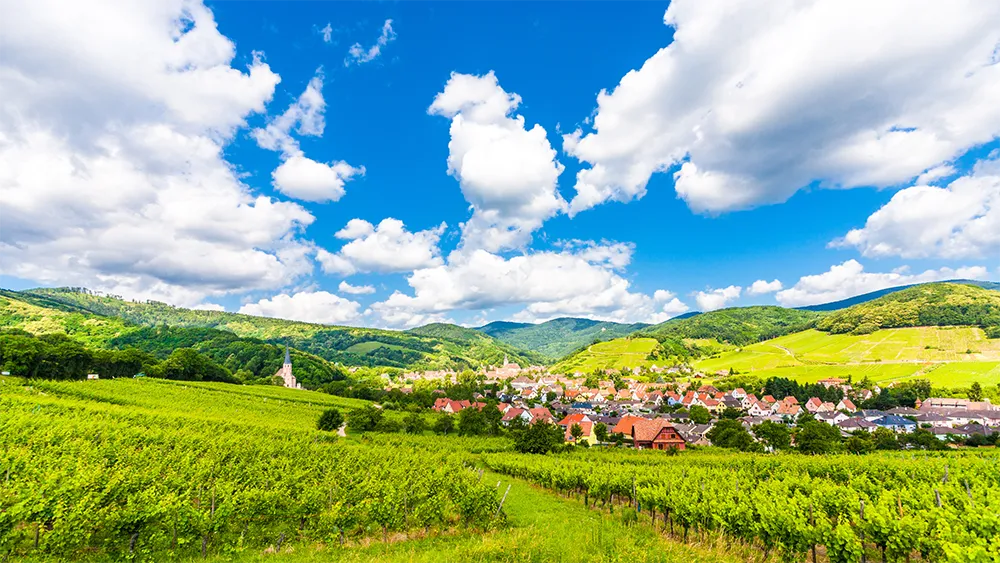
- Pinot Blanc: conveying a characteristic smoky note
- Pinot Gris
- Riesling: producing the finest white wines in Alsace and Germany
- Sylvaner: Alsace’s version is light and sometimes pleasantly tart, often served as the first wine in a typical dinner, followed by Riesling
The “noble” grape varieties of Alsace are Riesling, Pinot Gris, Gewürztraminer, and Muscat. Only these varieties can be labeled as Alsace Grand Cru.
Climate
What sets Alsace apart from all other French wine regions is its low rainfall.
Sometimes, drought damages the vines, but maturation is assured. In Alsace, like in Burgundy, a chain of hills facing east creates an ideal environment for vineyards.
Rocky spurs and recesses provide additional shelter and privileged exposure of east-facing slopes.
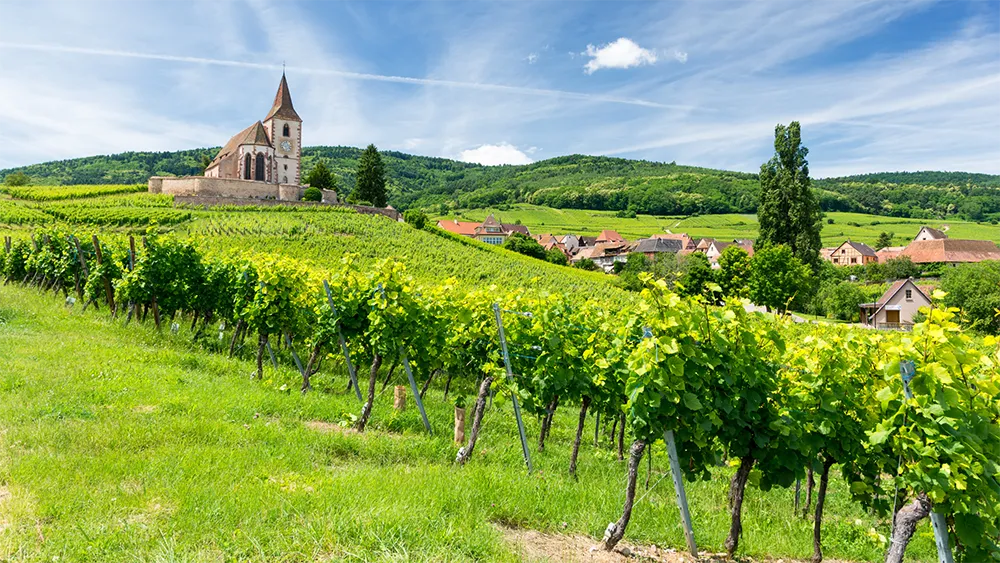
Alsace is very sunny. The high Vosges mountain range to the west is the secret behind vineyards cultivated on the mountain’s slopes—180-360 meters above sea level—along a strip of vegetation that rarely exceeds one and a half kilometers in width.
A vineyard’s temperature can vary by 1 °C depending on whether there is a dense pine forest nearby or a grove of young oaks.
Every slight nuance of the landscape is reflected in the alignment of rows, positioned to capture every ray of sunshine.
Winemaking
Most winemakers in the region have eliminated secondary malolactic fermentation for white wines. Instead, in the 6% of red wines produced in the region, it is necessary to soften the wine.
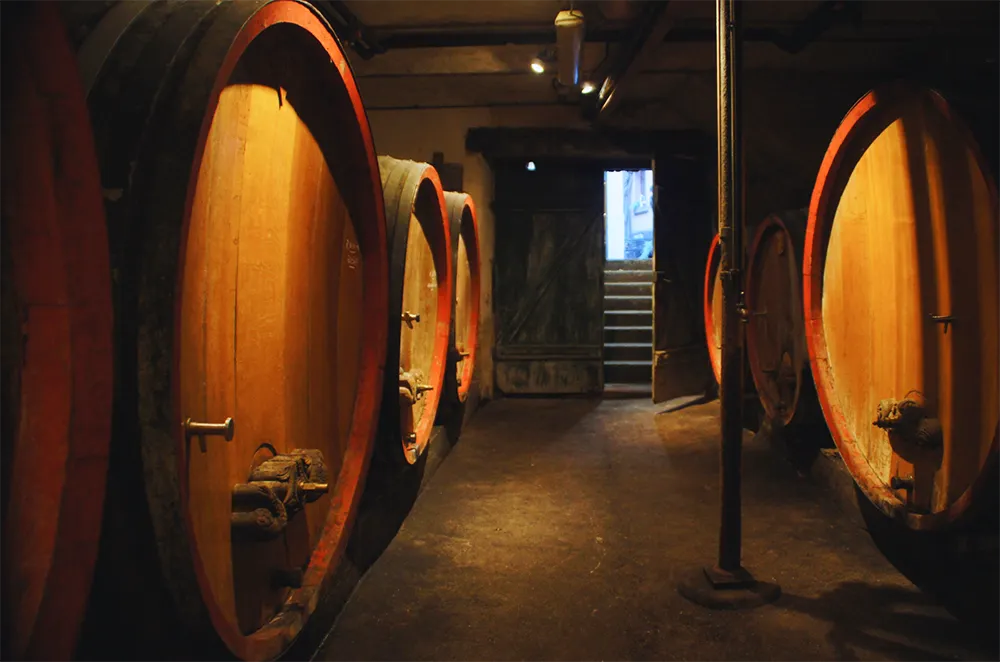
Alsace wine has a fruity flavor, achieved by using old oval barrels that do not impart a woody aroma.
In autumn, local producers maximize production by producing both late-harvest wines and Selection de Grains Nobles. These botrytized wines require multiple harvests and are even sweeter and rarer. A late-harvest Gewürztraminer has a unique and intoxicating exotic aroma while retaining remarkable finesse of taste.
Amo la buona cucina e le tradizioni enogastronomiche italiane, per me vino e dessert non sono solo un contorno ma la parte più interessante del buon vivere.













